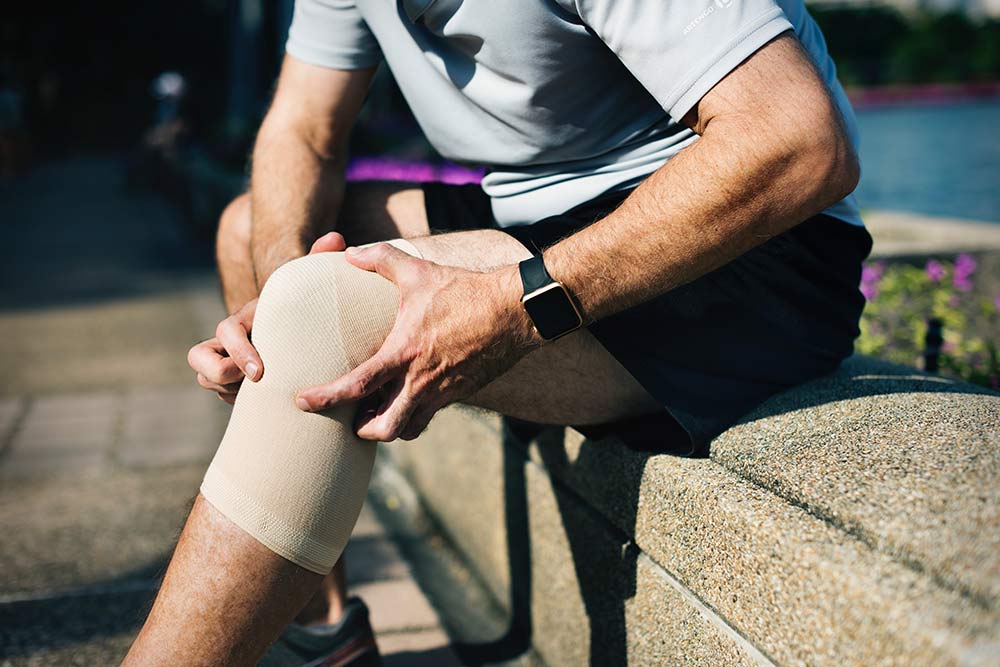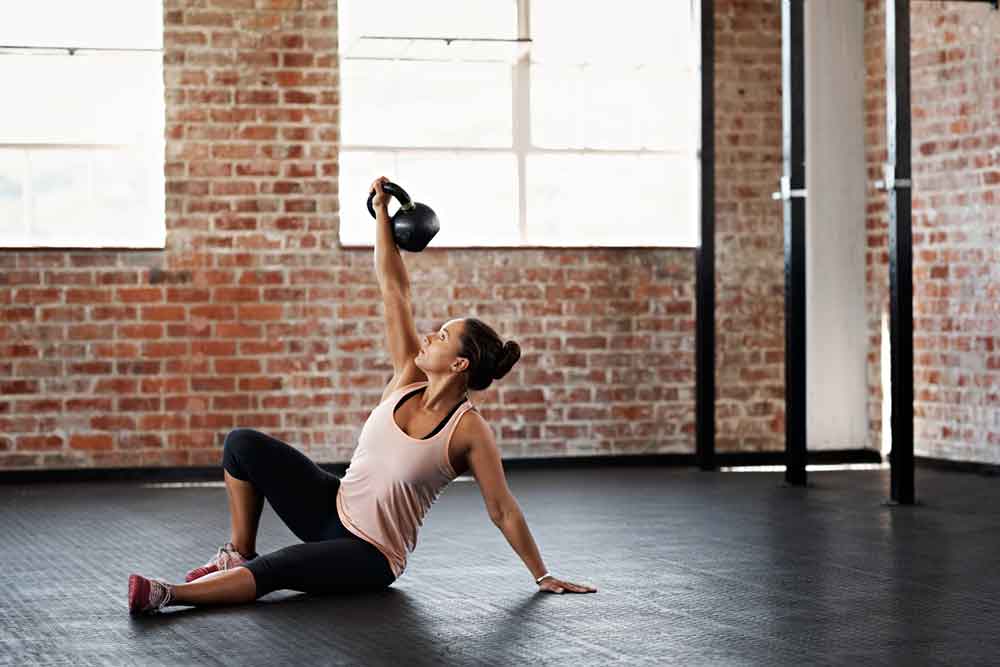HIIT For Hockey Performance

Ryan Cross, B.A. Hons (Kin), MScPT, FCAMPT
Registered Physiotherapist in Sarnia, Ontario, Canada
The hockey season is kicking into full gear for the pros in the National Hockey League and the Joe’s in the local beer league. Whether you are an elite athlete or just playing for the after skate festivities, there is always a way to get better. Getting your body into better shape can have benefits both on the ice and off. Since hockey requires short bursts of high intensity activity, training in a similar manner would be advantageous. There are a growing number of studies that show the health benefits of high intensity interval training (HIIT). New research is now supporting the sport-specific benefits of HIIT. Naimo et al., compared the effects of a HIIT program to a continuous endurance training program and found that even a short-term HIIT program had a positive effect on muscle thickness, power, and on-ice performance (Naimo et al, 2014).
Related Article: 6 Cures for Sore Muscles After HIIT
The study investigated the effects of a 4 week HIIT program compared to a continuous endurance program on muscle thickness and on-ice performance. To accomplish this, 24 college hockey players were chosen to participate in the study and randomly assigned to either the HIIT group or the continuous endurance group (CG). In addition to the training program, participants were instructed on following a diet consisting of 25% protein, 25% fat, and 50% carbohydrate. The training program involved using a stationary cycle and training occurred twice weekly, with 48 hours between sessions.
 Want to know exactly what you need to eat to sleep and feel better, lose weight, end cravings and have more energy? Check out the Viome gut microbiome and wellness kit.
Want to know exactly what you need to eat to sleep and feel better, lose weight, end cravings and have more energy? Check out the Viome gut microbiome and wellness kit.
The program for the CG required participants to exercise at 65% of their heart rate reserve for 45 minutes for the first 2 weeks and 60 minutes for the final 2 weeks. Participants in the HIIT group underwent a warm-up, consisting of pedaling comfortably for 1 minute, then a 5-second sprint, followed by another minute of comfortable pedaling. After the warm-up, the first HIIT set began immediately. Participants were verbally instructed on when to cycle at full speed and when to rest. The intensity and volume of training progressed over the course of the training program.
Results:
Body composition and muscle thickness measurements were taken using a total body scan using a dual x-ray absorptiometry apparatus (DXA). At baseline, there were no differences between groups for body mass, lean body mass, body fat percentage and muscle thickness. After the 4 weeks, the HIIT group showed significantly greater muscle thickness in the thigh. Peak power and mean power output was assessed using a 30 second Windgate Anaerobic Test. Results of the Windgate test at baseline were similar between groups. After the 4 weeks, however, the HIIT group had significantly higher peak power and mean power output measurements.
Looking to boost the effectiveness of your CEE workouts? Supplement with this protein powder for great results:
Related Article: 5 Ways HIIT Improves Fitness in Women
The on-ice performance tests included 6x9m stops and starts. Using 2 cones 9 m apart, participants skated as fast as possible from one cone to the other. This process was repeated 2 more times so that they skated to the cone and back a total of 3 times. The 33 m sprint test involved skating as fast as possible from the goal line to the far blue line. Finally, the participants performed an endurance skating test consisting of a series of continuous, back-and-forth sprints.
The 4 sprints added up to a total of 127 m and consisted of the following: from the original goal line to the near blue line, back to the goal line (18 m); goal line to the red line, back to the goal line (25 m); goal line to the far blue line, back to the goal line (33 m); and goal line to the far goal line, and finally back to the original goal line (51 m). Again, the groups were similar at baseline on these tests.
 Recover faster from high-intensity workouts by combining cold therapy and massage with the Recoup Fitness Roller.
Recover faster from high-intensity workouts by combining cold therapy and massage with the Recoup Fitness Roller.
Takeaways:
After the 4-week training program, there was no significant difference on the 6×9 stop and start test for either group. The HIIT group had a better time on the 33 m sprint test at 4 weeks. Although there was no significant difference on the 127 m endurance test, there was a trend for an improved time in the HIIT group. Overall, the HIIT group performed better on-ice performance tasks.
Hockey is a fast-paced sport that requires short bursts of speed and power. This study supports the use of HIIT when training for hockey. Many other studies have shown the health benefits of HIIT, including body composition changes and aerobic capacity. The findings in the study show similar results, with the HIIT group displaying increased muscles thickness, improved power, and improved on-ice performance. In addition to these benefits, there was a large difference in weekly and total exercise time between groups. This indicates how time efficient HIIT can be. The positive health benefits of HIIT are clear, but this study provides evidence that HIIT has sports specific benefits as well. So whatever your game may be, consider adding HIIT to your workout regime.
You Might Like:

















